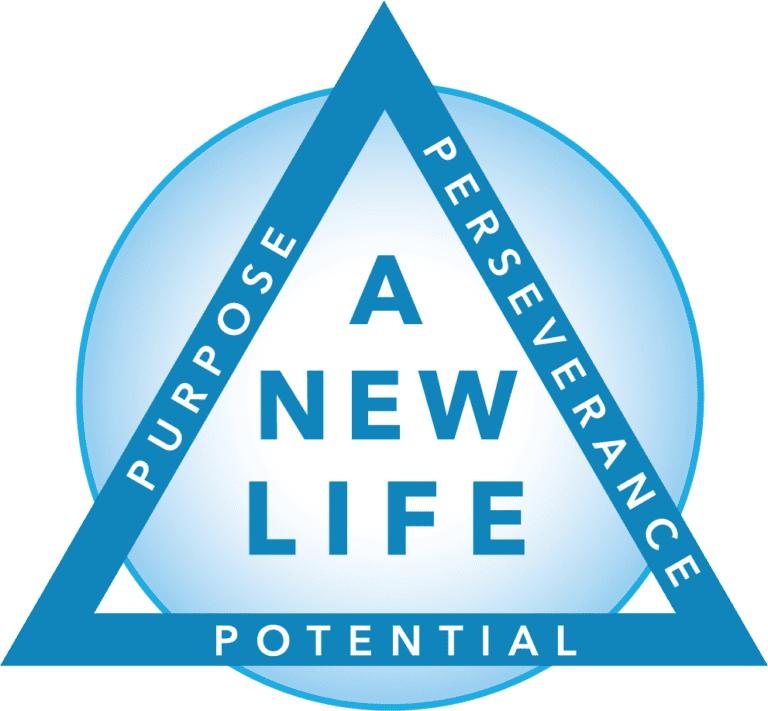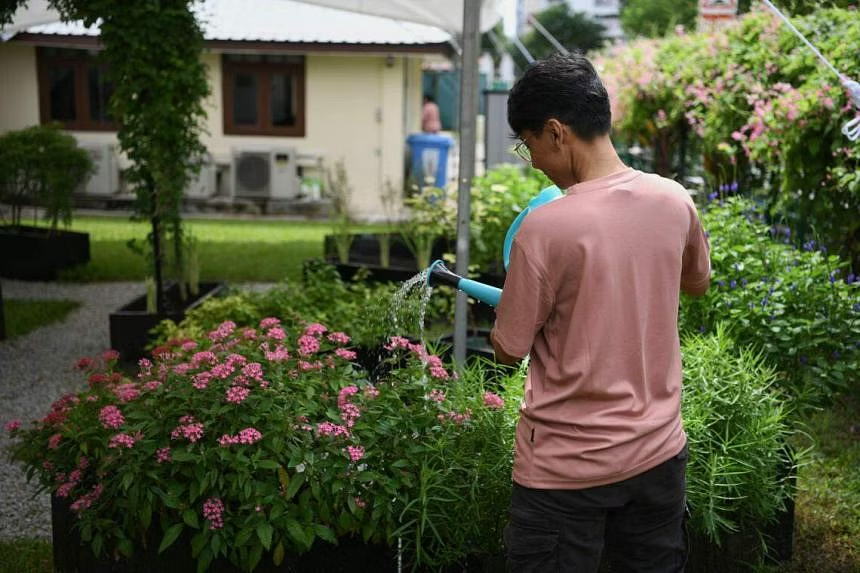Insider Look: The Day in Life at Halfway House
Though transitioning from addiction treatment to independent living can be challenging, halfway houses offer a supportive environment where individuals can find their way through this process. We are going into detail on what a typical day looks like for them so we can get insights about daily routines, activities, and support systems.
1. Morning Routine
Bell ring: Such routines start with residents being woken up by other staff members or residents of these homes, signaling the start of the morning program.
Freshening up: When they wake up, residents perform personal hygiene duties like bathing, brushing their teeth, and preparing them for the day.
Healthy breakfast: Several halfway houses have provisions for nutritious breakfasts that kick-start healthy lifestyles among their dwellers.
2. Group Meetings and Therapy Sessions
Morning briefings: Usually, staff or peers hold a morning briefing with everyone attending where daily goals are shared and any difficulties experienced during that time.
Therapy sessions: Individual or group therapy where the participants are dealing with the deep-rooted issues leading to their addiction as well as ways of recovering from it.
Skills training workshops: Budgeting, job readiness, and communication skills are skill-building workshops that some halfway houses may offer to excel in various aspects of their lives.
3. Structured Activities
Daily chores: To enhance responsibility and community feeling among residents. Engaging them in daily tasks to keep halfway houses clean and organized.
Afternoon Activities: Some residents spend afternoons and evenings participating in sports, art lessons, or even outdoor trips, which improves their socialization.
4. Supportive Community Environment
Fellowship: The supportiveness and camaraderie of fellow inhabitants are a cornerstone of any halfway house because they relate their experiences, offer advice, encourage each other, and hold everyone accountable.
Guidance from staff: Staff members train fellows on coping with recovery difficulties as they transition to independent living.
5. Life Skills Development
Halfway homes must have programs that help the residents gain the necessary abilities to transition into independent lives easily. Below is what this fostered:
Job placement support: They provide career guidance by applying for jobs through workshops offered there.
Financial literacy: Financial stability requires budgeting skills and debt management techniques; hence, training on such matters would be critical.
Healthy Lifestyle Habits: Physical and emotional well-being through nutrition, exercise, and self-care.
Interpersonal Skills: Healthy relationships necessitate effective communication and conflict resolution among residents.
Problem-Solving and Decision-Making: They develop skills to identify problems, evaluate options, and decide based on available information.
Home Management: Practical skills for independent living through daily chores and home maintenance tasks.
Community Engagement: Residents participate in community activities that enhance their sense of belongingness and purpose.
Life skills development empowers residents to thrive independently, contributing to long-term recovery and success.
6. Evening Reflection and Goal Setting
Evening Check-In: Each evening, halfway house residents gather together for an evening check-in meeting. In this meeting, they share successes or setbacks and set goals for the next day.
Personal Reflection Time: The last daylight hours allow each resident to take time alone. It will enable them to reflect on themselves, write in journals, or even participate in meditation sessions that help them achieve mindfulness while developing emotional health.
7. Supportive Services and Resources
Access to Resources: Halfway houses provide access (mental health services) to addiction treatment referrals (support groups), among other resources necessary for clients in the residence homes during this process (addiction treatment).
Community Partnerships: Halfway houses work with different employers to expand access to supporting services for growth purposes within healthcare providers, like community institutions, inside organizational partnerships between many halfway houses.
Conclusion: Empowering Residents on the Journey to Recovery
Halfway houses play a crucial role when it comes to supporting individuals from the addiction treatment phase until they manage to live independently, as exemplified above. You only rebuild your life when these facilities offer a structured environment with full support. Society has nothing to do but cry out loud for sobriety. By providing a structured environment, supportive community, and access to resources, halfway houses empower residents to rebuild their lives, develop essential life skills, and achieve lasting sobriety. With dedication, persistence, and a little encouragement, the journey towards halfway house for residents changes their future for the better.
Why Choose A New Life Sober Living Halfway House For Sobriety
Are you or a loved one in need of support on the journey to recovery? If this is you or anyone close to you, feel free to contact A New Life Sober Living, as they will accord you compassionate and comprehensive halfway house services. With our help, people can survive and thrive within an environment where love abounds, such as ours. Just contact us today for more information about our programs and how they can help change your life through sobriety into independence that goes beyond today.






